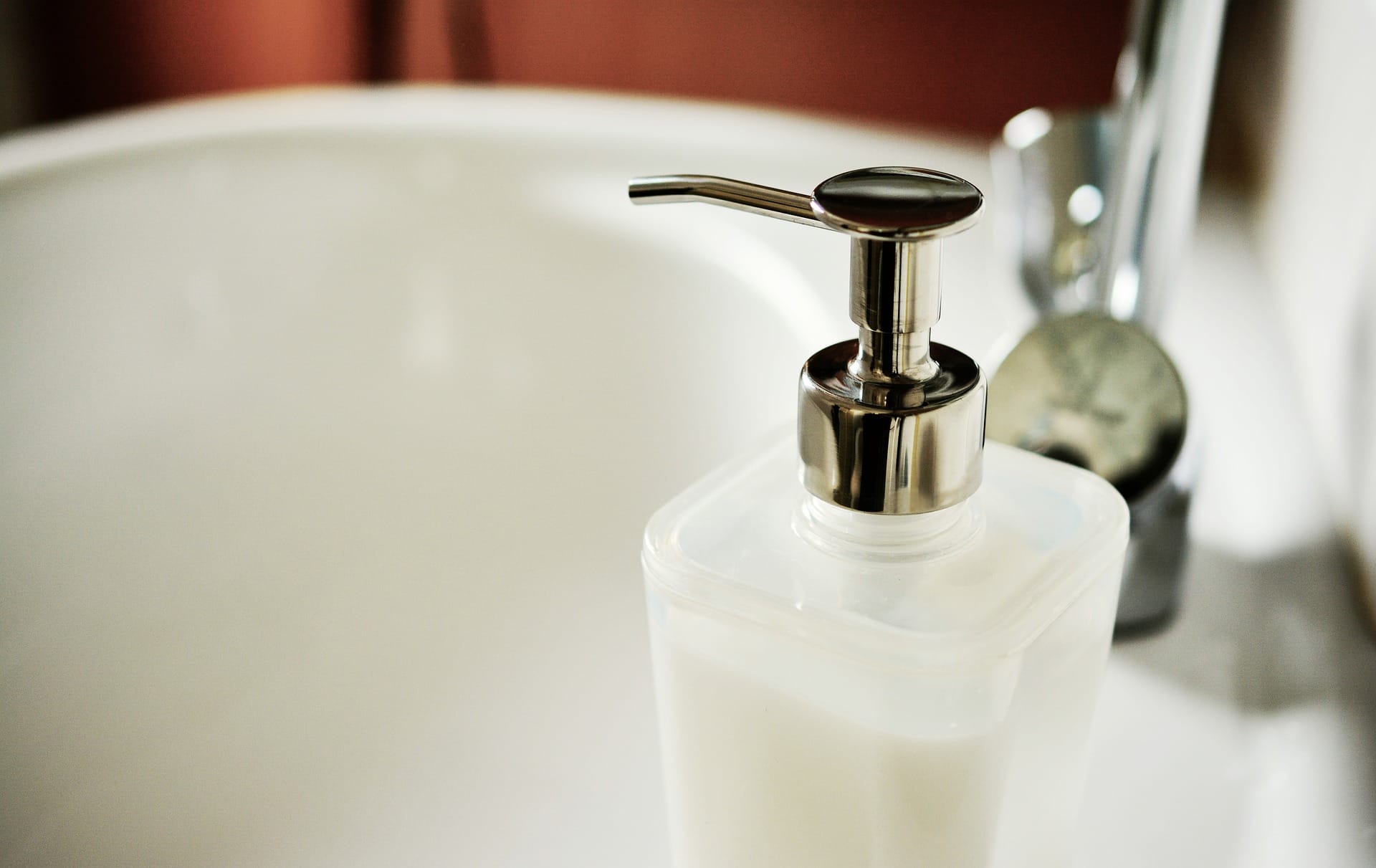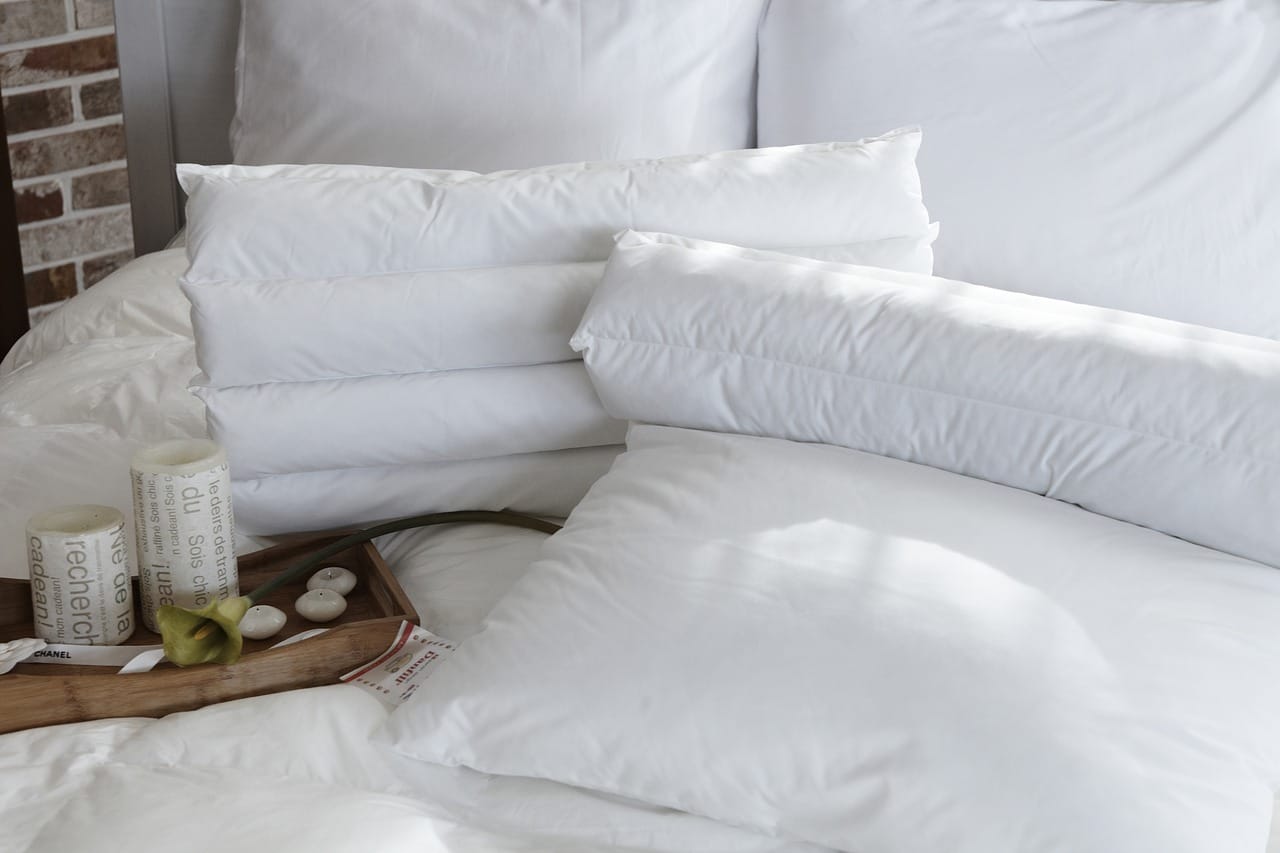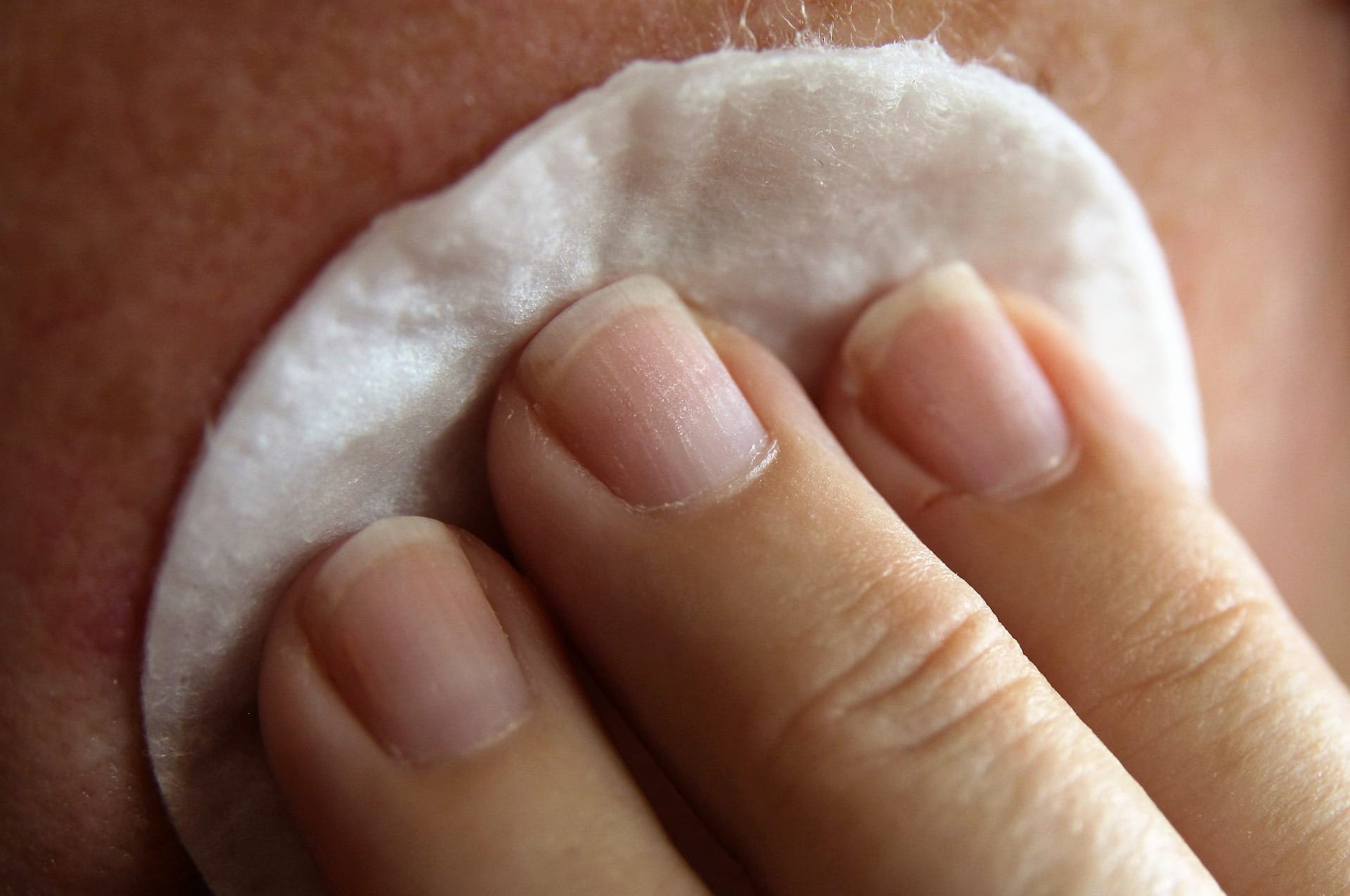Is Your Pillowcase Causing Acne Breakouts?

We wake up, go about our daily routine, and come back to relax in our comfortable beds. But those irritating pimples have been bothering you for the past several days, even after intense skin care regimens. A possible culprit? Your pillowcase.
Pillowcases Accumulate Bacteria
When not washed frequently, pillowcases contribute to acne breakouts because of the accumulation of bacteria, dirt, and oils. These come from the environment and from our own skin and hair from daily use. The irritation of your skin from contact with outside clothing is called acne mechanica. The clothing traps heat, sweat, or bacteria, which causes skin irritation. Although frequently seen in athletes due to sports equipment, household items like pillowcases can also contribute to acne mechanica.
According to Dr. David E. Bank, director and founder of The Center for Dermatology, Cosmetic & Laser Surgery, “Acne mechanica is any type of acne that is the result of material or objects touching your face. When your pillowcase isn’t laundered or changed regularly, a build-up of dirt and oil from the environment as well as your skin and hair touching the pillow is transferred back to your skin. This can clog pores and cause blemishes.”
Makeup and hair styling products cause breakouts through acne cosmetica—pimples and comedones caused by products we apply to our skin and hair. When we don’t fully wash off the residue from our makeup products, it gets onto our pillowcases and comes into contact with our skin.
Get your acne concerns answered by a board-certified dermatologist!
Signs Your Pillow Might Be Contributing to Your Acne
Cheek and Side-Face Breakouts: Experiencing breakouts mainly on your cheeks or the sides of your face? This pattern can be a significant clue, particularly if breakouts are more prevalent on the side you predominantly sleep on, hinting at your pillow’s involvement.
Breakout Patterns Post-Wash: Pay attention to a pattern where your skin improves after you wash your bedding, only for acne to gradually reappear. This recurring cycle suggests your bedding, including your pillowcase, might be a contributing factor.
Improved Skin on Different Beds: Notice your skin condition gets better after sleeping on different beds, like in a hotel? This improvement away from your usual sleeping environment could indicate your own bedding’s role in triggering acne.
Worsening Skin in the Morning: Finding your skin more irritated or prone to breakouts after waking up? Morning skin issues can suggest overnight factors, possibly your pillowcase, are negatively impacting your skin.
Rare Bedding Washes: Delaying the washing of your sheets and pillowcase for extended periods allows for the accumulation of oils, dirt, and bacteria, a direct cause of acne. This infrequent cleaning routine is a crucial factor to consider.
5 Steps to Avoid Acne Mechanica
Follow these steps to reduce your acne breakouts for clearer, healthier skin:
1. Wash your face every night

Make sure to remove all makeup and styling products from your hair before you sleep so it doesn’t transfer to your pillowcase and bedding. Too exhausted from the day? Simply wipe off the makeup, grime, and oil with a non-comedogenic facial wipe, specially formulated to not cause blocked pores. Need more answers to your skin problems? Contact a dermatologist today!
2. Wash or replace your pillowcase and sheets at least once a week

Improve your acne breakouts by washing your pillowcase and sheets. This reduces the pore-clogging oil and dirt on the surface that comes into contact with your skin.
3. Use skin care products and cosmetics that don’t cause acne

The American Academy of Dermatology recommends using products labeled with any of the following words:
- Won’t clog pores
- Oil-free
- Non-comedogenic
- Non-acnegenic
If you’re suffering from acne breakouts, check to make sure your pillowcases, sheets, and anything else your skin comes into contact with are clean. If you’re still unsure about your skin concerns and acne issues, ask a dermatologist today.
4. Upgrade to a Softer, Higher-Quality Pillowcase
Low-quality, rough pillowcases can exacerbate skin irritation and foster friction-induced acne. Opt for pillowcases made from smoother, natural materials such as cotton, silk, bamboo, or eucalyptus. Silk is especially commendable for its minimal friction, offering benefits for both skin and hair health.
5. Choose Breathable and Moisture-Wicking Pillowcase Materials
A pillowcase that remains damp from sweat creates an unfavorable environment for your skin, leading to clogged pores and a breeding ground for bacteria. Materials like silk, bamboo, and eucalyptus are excellent for their breathability and moisture-wicking properties.
However, if you have sensitive skin or sweat heavily during the night, be cautious with cotton pillowcases. While cotton excels at absorbing moisture, it dries slowly, potentially aggravating acne for those prone to breakouts.
Ask a Dermatologist
Anonymous, fast and secure!

The Specialist doctor from the University Hospital in Gothenburg, alumnus UC Berkeley. My doctoral dissertation is about Digital Health and I have published 5 scientific articles in teledermatology and artificial intelligence and others.

